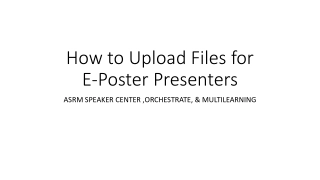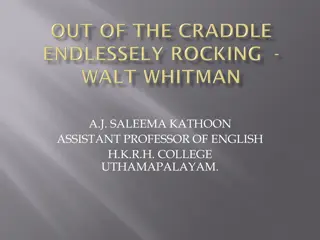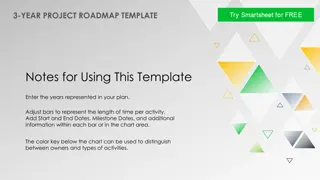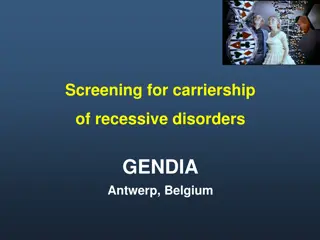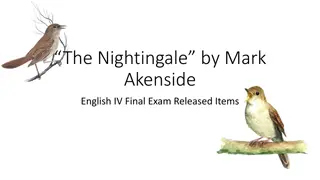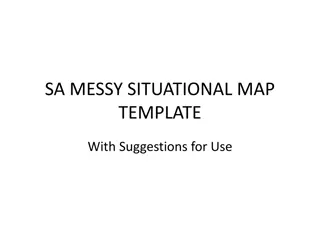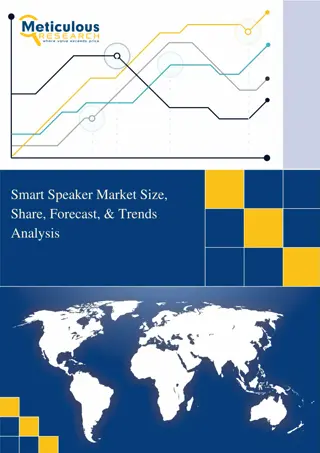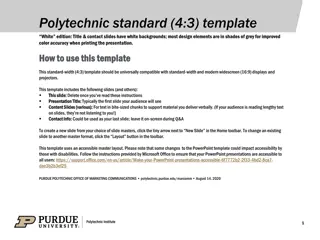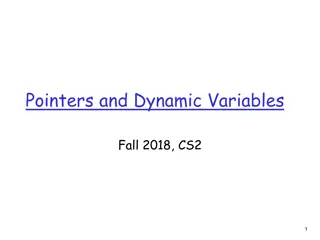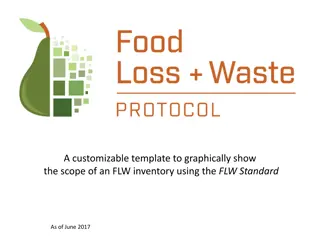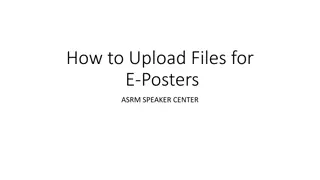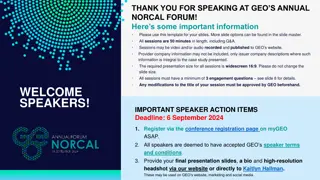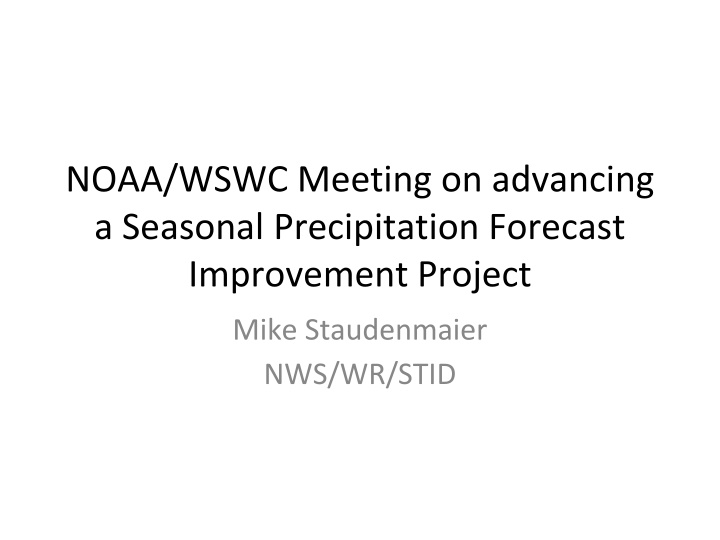
Advancing Seasonal Precipitation Forecasting for Western Watersheds
Explore the knowledge gaps and priority research questions to enhance seasonal forecast skills for western watersheds. Addressing the challenges in forecast processes and advancing towards more physical-based forecasting methods are key focus areas. Learn how techniques like ensemble models can lead to improved forecasting outcomes.
Download Presentation

Please find below an Image/Link to download the presentation.
The content on the website is provided AS IS for your information and personal use only. It may not be sold, licensed, or shared on other websites without obtaining consent from the author. If you encounter any issues during the download, it is possible that the publisher has removed the file from their server.
You are allowed to download the files provided on this website for personal or commercial use, subject to the condition that they are used lawfully. All files are the property of their respective owners.
The content on the website is provided AS IS for your information and personal use only. It may not be sold, licensed, or shared on other websites without obtaining consent from the author.
E N D
Presentation Transcript
NOAA/WSWC Meeting on advancing a Seasonal Precipitation Forecast Improvement Project Mike Staudenmaier NWS/WR/STID
1. What are the knowledge gaps to advance seasonal forecast skill for western watersheds? While models are becoming more skillful Global model now show measurable skill out to day 8 to 10, and climate models are showing skill for some types of patterns (wet summers in Intermountain West) the skill of the seasonal forecast in the forecast process and DSS messaging remains low and not very useful.
2. What are the priority research questions that need to be answered to advance seasonal forecast skill for western watersheds? Key Service Challenge: Communities adapt their infrastructure and local response to their local climatological normal. Most significant events have period of more intense activity within the typical seasonal variability or time Key Research Question: Can we identify precipitation and temperature events/regimes within a longer period that are significant -- ie toward the climatological extreme for a particular area - top 10% events that would stress a community infrastructure or response . Please remember in WR, that the climatological normals vary significantly across the region Key Science Challenge: It is time to move beyond analog cases, ie: last 6 strong El-Nino events to form a forecast, and move toward more physical based forecast using models. There is a growing body of science techniques that can tease out the stronger forecast trends that can affect communities out of the ensemble global/climate models. Baby Steps: Can we take the next step? Today we just identify below/normal/above -- can we tease out of the ensemble periods of significant impacts? This involves ensemble model post processing that compares climatological or model normal to the ensemble forecast. Further post processing using calibrated results. This is not some far out science these ideas are emerging from the science community
What are the priority research questions that need to be answered to advance seasonal forecast skill for western watersheds? WR STID has adopted some of these techniques for the WR Ensemble Situational Awarnessness table that we use on day 1-10 from the Global Ensembles http://ssd.wrh.noaa.gov/satable/ Key takeaway -- when the ensemble agree on a climatologically significant event -- there is usefull skill The ensemble page compares GEFS and NAEFS to model and real climate -- uses a 21 day sliding window so that correct climatologies are compared for time of year -- analysis done grid point by grid point so what is unique for Seattle or Las Vegas is highlighted -- results provided in three different ways standard deviation, return interval percentile -- includes training and verification
What are the priority research questions that need to be answered to advance seasonal forecast skill for western watersheds? Tom Hamill (OAR) has written a number of papers and proposals showing how this can be done. Working on National Blend of Models to improve POP and QPF http://www.mdl.nws.noaa.gov/~blend/blender.prototype.php Some of the recent OAR work -- figure 3 which shows the shifted probability curves is another approach that has the potential to be very useful. http://cpo.noaa.gov/sites/cpo/MAPP/Task%20Forces/DTF/ensocaliforniadroug ht/what_can_california_expect_FINAL3.pdf
3. What are the strengths and weaknesses of the white paper as currently presented? The major weakness is the reliance on traditional climate indices like El-Nino and the analog approach to forecasting. It is time to move scientifically to the next level and incorporate improved ensemble post processing techniques to draw forecast signals out of the climate models. Specifically identify forecast regimes that produce significant (from a climate/model normal perspective) departures from the local climatological normal that communities have adapted to. Radical idea: Flesh out number of days with precip in the top 10% or extended periods of snow level deviations from normal and really think outside the box rather than making simple adjustments to the current 3 month precip/temp deviations from average

